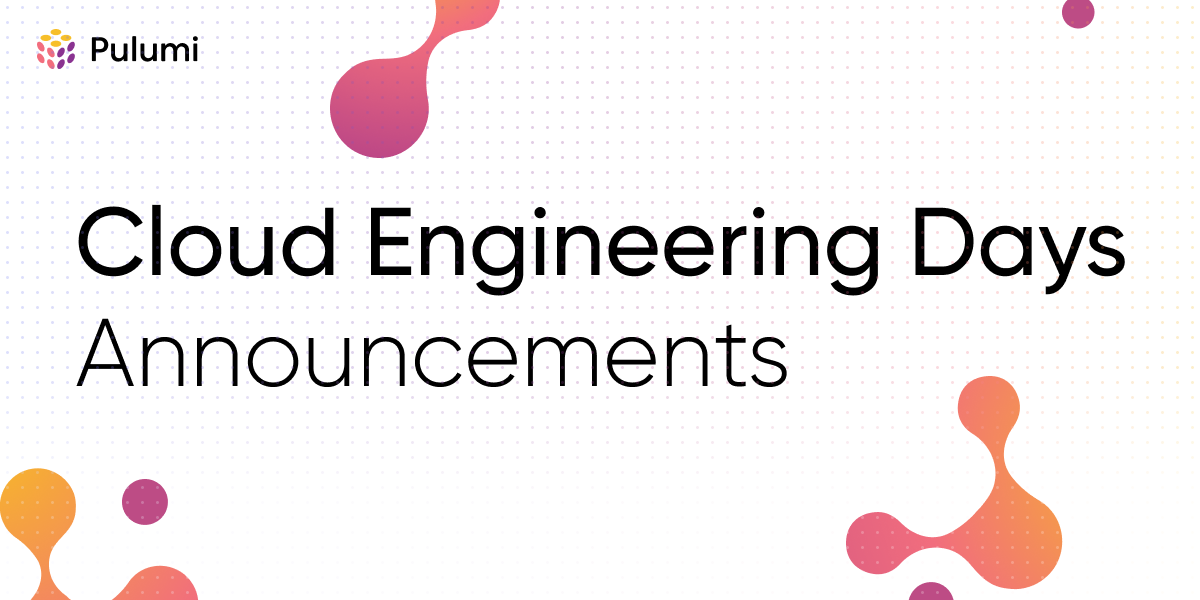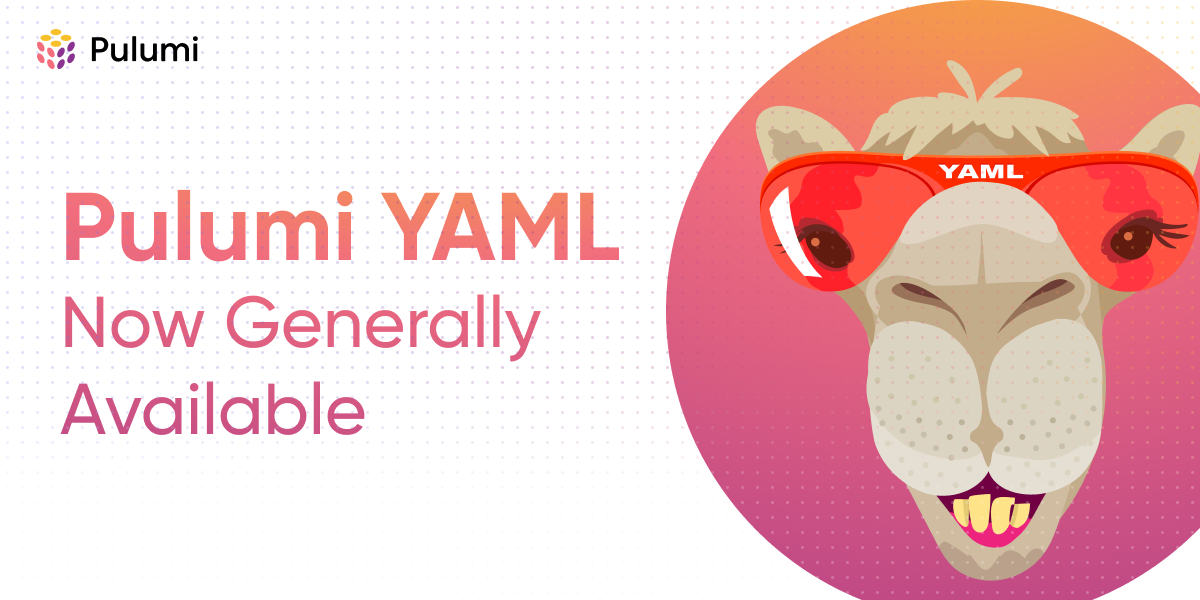Announcing: Pulumi Deployments, YAML GA, Arch Templates

Our mission at Pulumi is to enable teams to scale up what they can build in the cloud. Scale up the sophistication and value of their cloud infrastructure investments through software engineering practices. Scale up the automation around delivering cloud infrastructure with software instead of just humans. And scale up the number of developers who can directly benefit from the rich cloud platform capabilities being built by central platform teams in every organization today.
As part of Pulumi Cloud Engineering Days 2022 today we are announcing a set of important new advancements in the Pulumi platform which are all designed to help organizations scale with their infrastructure as code needs.


















